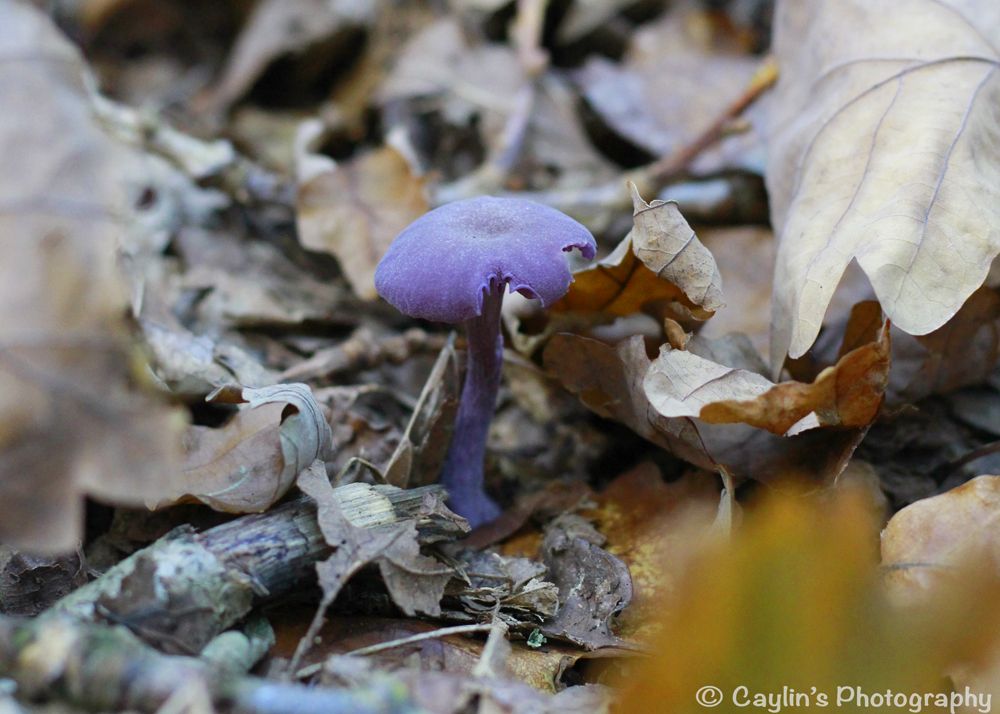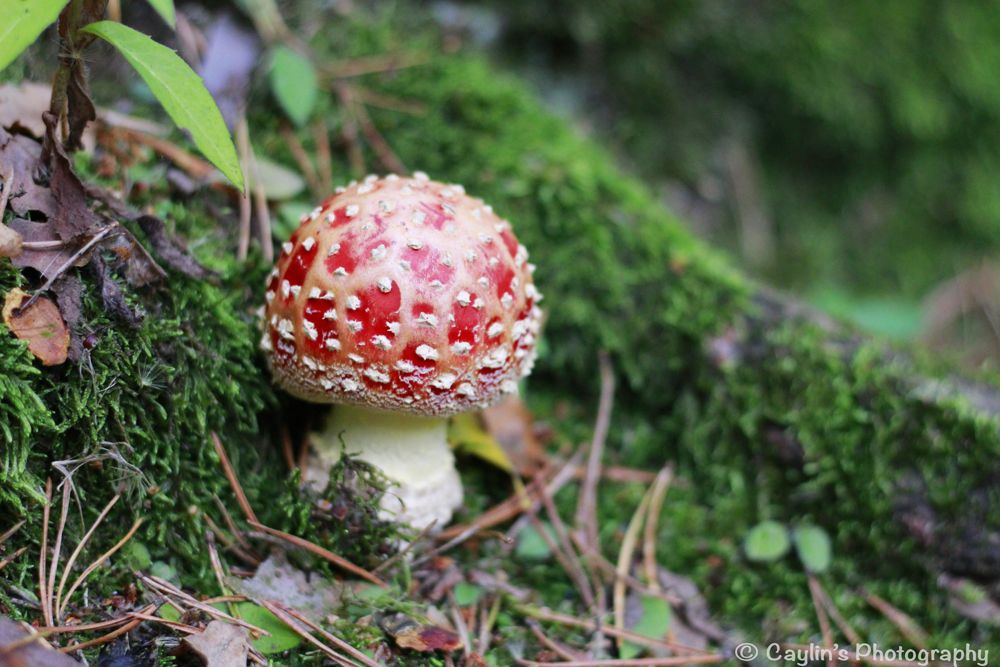
Blog
Stories from my personal journey learning about and delivering Nature-rooted programs across three different countries
Children are, by nature, scientists...
Caylin (Forest Schooled)

Empty space, drag to resize
I was bug hunting with a 7 year old boy named George when we stumbled across some mushrooms. George made a face and quickly stated he didn't like mushrooms because they were poisonous. I acknowledged that yes, some are poisonous, but also pointed out that not all of them were. That left George with a question that fuelled his curiosity - “If they're poisonous, how can you tell?”
That was all it took to trigger the scientific investigation and experimentation that took place next. Peter Gray (2016) argues that children are biologically designed to educate themselves, suggesting there are powerful drives that exist naturally in children which make them primed for learning. Gray states that one of those motivating drives is curiosity.
“We are intensely curious, from the moment of our birth to, in many cases, the moment of our death. Within hours of birth, infants begin to look longer at novel objects than at those they have already seen. As they gain mobility, first with their arms and hands and then their legs, they use that mobility to explore ever-larger realms of their environment. They want to understand the objects in their environment, and they particularly want to know what they can do with those objects. That's why they are continuously getting into things, always exploring. That's why, once they have language, they ask so many questions. Such curiosity does not diminish as children grow older, unless schooling quashes it, but continues to motivate ever more sophisticated modes of exploration and experimentation over ever larger spans of the environment. Children are, by nature, scientists” (Gray, 2016).

George was holding a stick in has hand, which he had been previously using to dig for worms. He asked, “If a mushroom is poisonous, is it poisonous to everything? Like will it poison this stick?” I refrained from responding as I could tell his inquiring mind was at work. He continued, “What would happen if I touched it with the stick? Would the stick change colour?”
So I replied, “Want to try it and find out?”
George started to reach out towards the mushroom with the stick in his hand, but suddenly pulled away without touching it. He realised that if something really did happen to the stick when it touched the mushroom, he didn't want to be holding it. I guess he was afraid the poison might travel through the stick and into him too. That was a good demonstration of carefully thinking things through!
George tried a different method for his second attempt: He threw the stick at the mushroom. It briefly bounced on top of it and then fell to the ground. He stared at it. Nothing happened to the stick...
George shrugged his shoulders and walked off to carry on with his bug hunt.
This may seem like a disappointing ending, but the point of the story is that George had a question and came up with his own experimental method to try to answer that question. And though the results of the experiment didn't produce the exciting stick transformation that he perhaps had hoped for, he had found an answer to his question. And now he knew...
References
Gray, P. (2016) Biological Foundations for Self-Directed Education, https://www.psychologytoday.com/blog/freedom-learn/201609/biological-foundations-self-directed-education, 28/02/2017.
More Posts
WANT TO GET FOREST SCHOOLED TOO?
Subscribe to my email letters, something special from me to you so we can learn together. Each one is filled with heart-felt stories from the forest, resources you may find useful, and things that hopefully bring a smile too.
Thank you!
© by FOREST SCHOOLED
